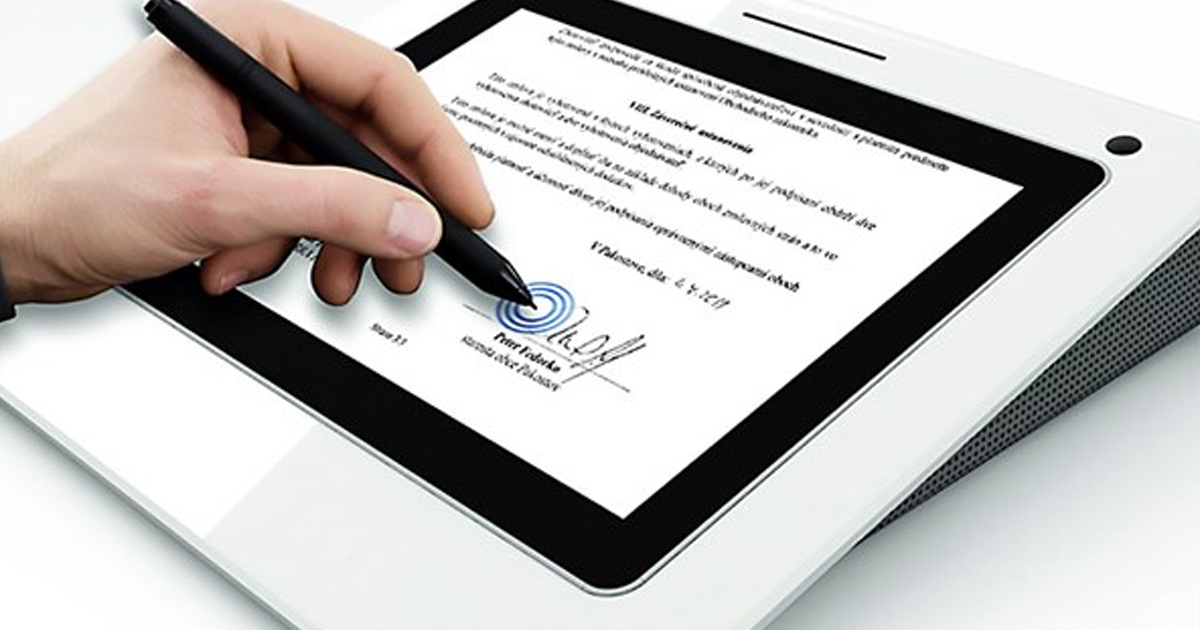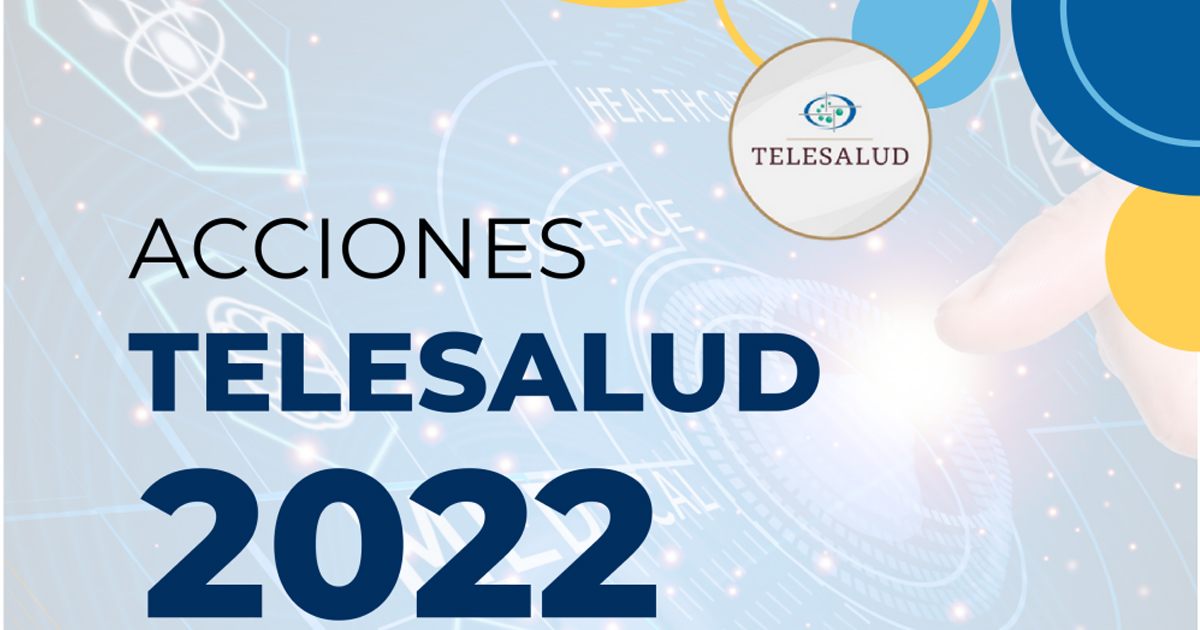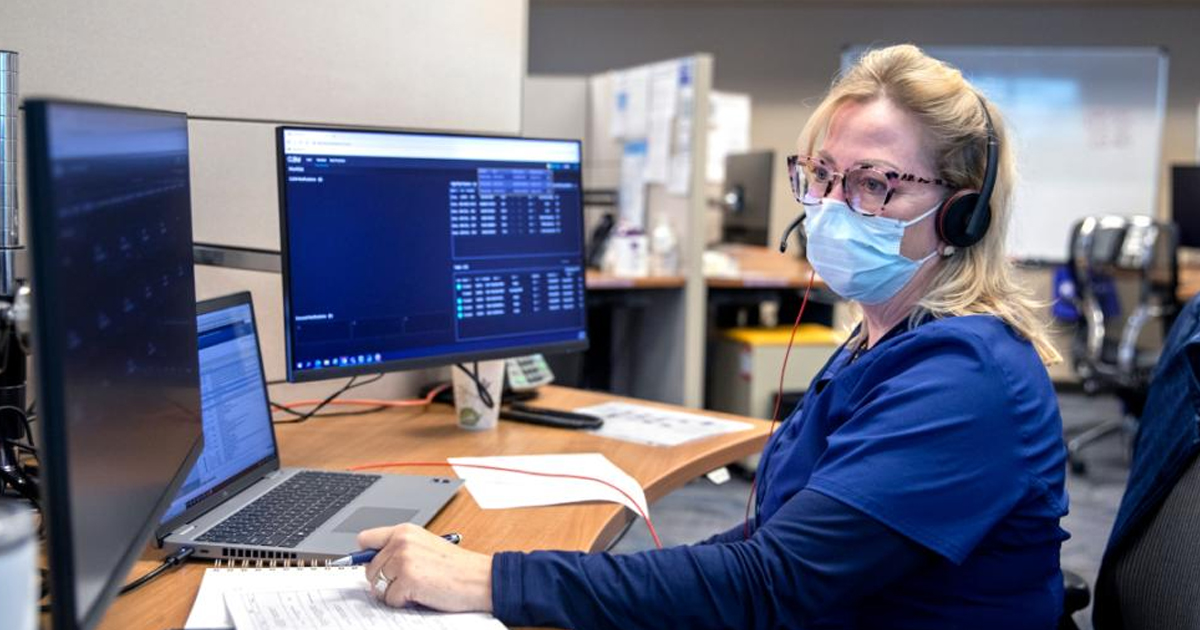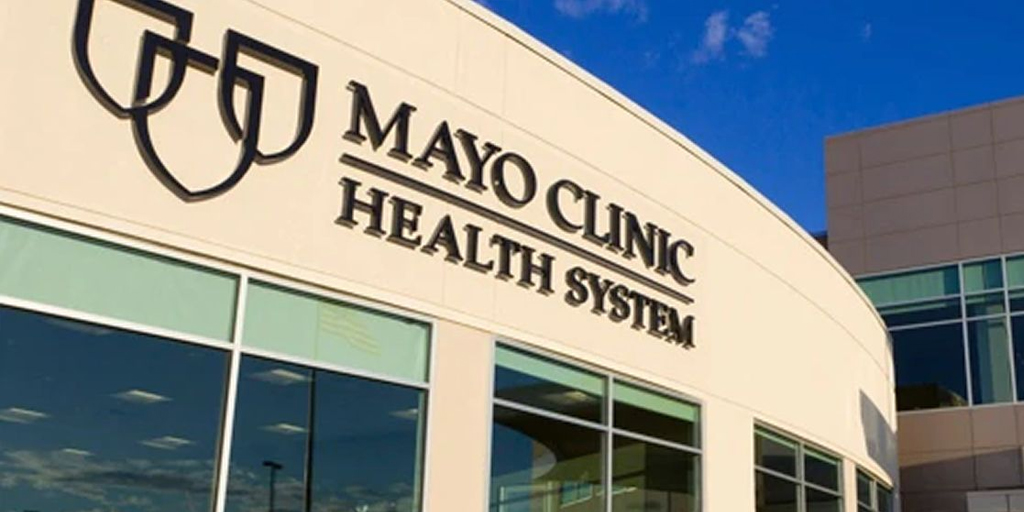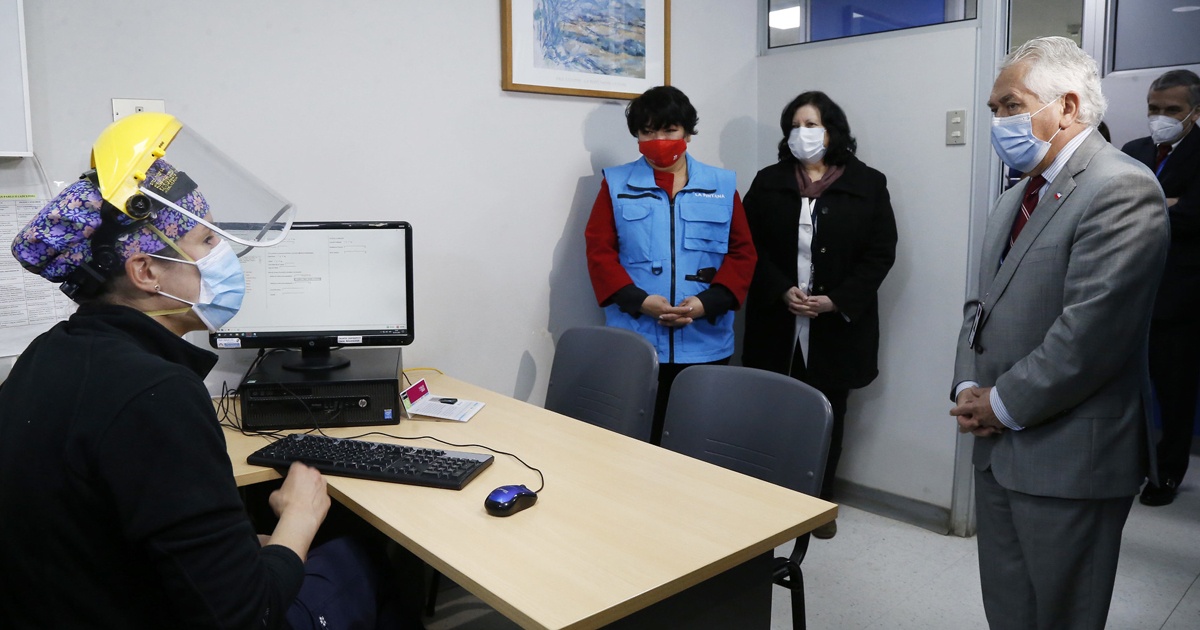Study published in Nature, shows the construction of a model that reproduces the dynamics of SARS-CoV-2 epidemics, taking into account different variables, to subsequently test the results of applying contact tracing technology by cell phones and measure its effectiveness.
Contact tracing technologies designed for smartphones have proven to be a useful tool in the fight against the spread of COVID-19 around the world. They are a safe approach to isolate people who have had contact with a confirmed case of the infection. Moreover, through mobile phones it is also possible to measure population mobility data and through their analysis make better decisions about mobility restrictions.
In the article: "Simulating SARS-CoV-2 epidemics by region-specific variables and modeling contact tracing app containment", published in npj Digital Medicine from Nature, the authors propose the application of a SIR model -a model based on the analysis of the transition from individuals susceptible to infection (S) to the state of infected individuals who infect (I) and, finally, to recovered (cured or deceased) (R)- focused on COVID-19.
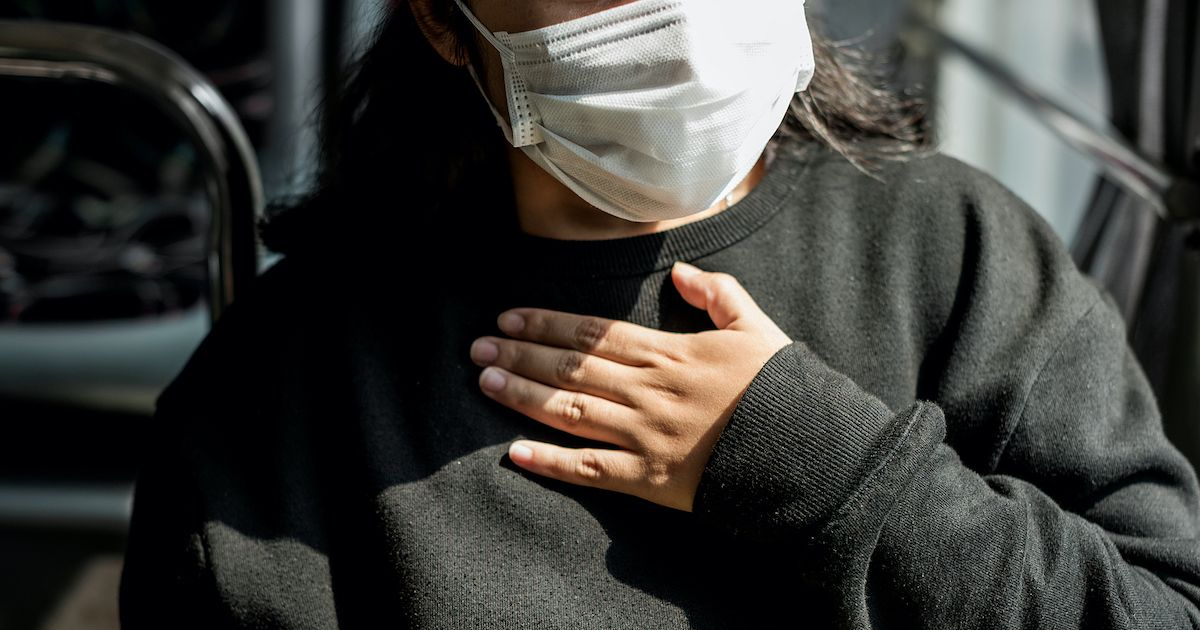
The purpose of the study, and specifically the construction of the SIR model, was to faithfully reproduce the dynamics of SARS-CoV-2 epidemics, including the respective roles of asymptomatic infection and population density, and to test the effects of different interventions, specifically the use of telephone applications for contact tracing, as explained by the authors in the Results section.
Demographic data from Spain and Italy were used for this research, taking into consideration the specific population density of each region, and they also tested the impact of the contact tracing application in a series of scenarios.
"Our results show that, in support of efficient isolation of symptomatic cases, app-mediated contact-tracing can successfully mitigate the epidemic even with a relatively small fraction of users, and even suppress altogether with a larger fraction of users," the authors explained. However, they recognize that population density is a critical aspect that may determine the difficulty of containing or not containing contagions.
"We aimed to model the effect of app-mediated contact tracing taking into account population density and transportation, at the same time making it possible to monitor the number of patients that are quarantined and their status concerning the infection," they explain about the use of contact tracing as a tool to control COVID-19 contagions by lifting restrictions on mobility.
In their overall results, they explain that voluntary quarantine, registered thanks to contact tracing apps, as well as the isolation of confirmed cases, contribute to epidemic control, however, factors such as population density and mobility in public transport, for example, must be taken into account.

